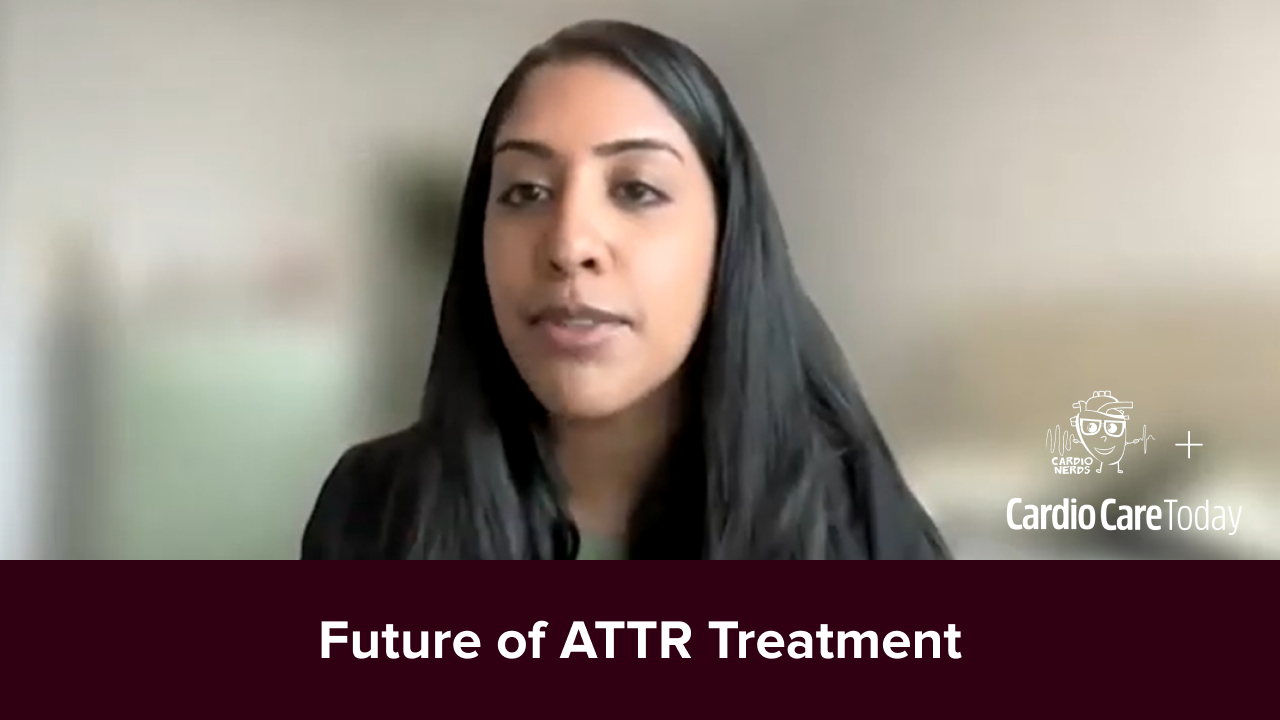
The Lifetime Worth of Icosapent Ethyl: A Cost Effective Analysis of REDUCE-IT
Cost-effective analysis of the Reduction of Cardiovascular Events With Icosapent Ethyl-Intervention Trial(REDUCE-IT) revealed more incremental quality-adjusted life-years (QALYs) during the trial and adjusted during the lifetime, according to a recent study published in JAMA Network.
Non-Pulmonary Vein Versus Pulmonary Vein Targeting in Ablation for Atrial Fibrillation
According to a study, published in the Journal of Cardiovascular Electrophysiology, approximately 18% of patients with atrial fibrillation (AFib) have to undergo a repeat ablation procedure within 12 months of their first ablation; However, according to the study’s lead author, Daniel Mol and colleagues, there is a lack of studies that have directly compared non-pulmonary vein (PV) and PV targeting in repeat ablations for AFib. The researchers examined modalities of both approaches, and reported that “non-PV target repeat ablation did not improve outcomes after 12 months, and was independently associated with an increased risk for [atrial tachycardia (AT)] recurrences,” compared to PV target ablation.
Incidence of Upper Extremity Deep Vein Thrombosis After Esophagectomy
According to a report, published in BMC Surgery, the occurrence of upper extremity deep vein thrombosis (UEDVT) has increased due to central venous catheter (CVC), cancer, and surgical invasion; However, lead author Leo Yamada and colleagues felt that information on UEDVT in esophagectomy for cancer is limited. They performed a study to assess clinical factors that could serve as predictive markers for UEDVT in patients undergoing esophagectomy and reported that “the existence of CVC may not affect the development of UEDVT, but preoperative evaluation of retrosternal ratio may predict the occurrence of UEDVT.”







 © 2025 Mashup Media, LLC, a Formedics Property. All Rights Reserved.
© 2025 Mashup Media, LLC, a Formedics Property. All Rights Reserved.